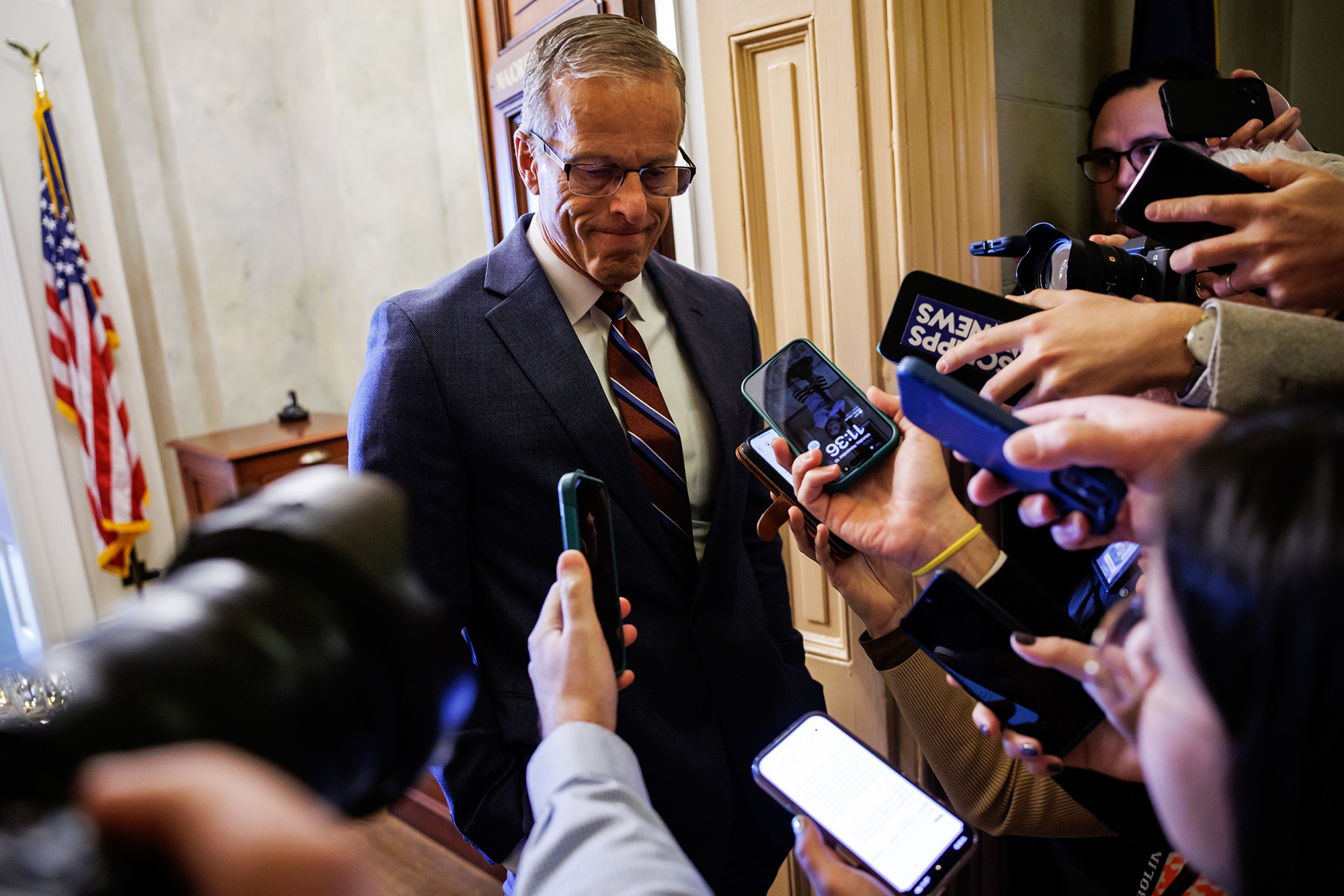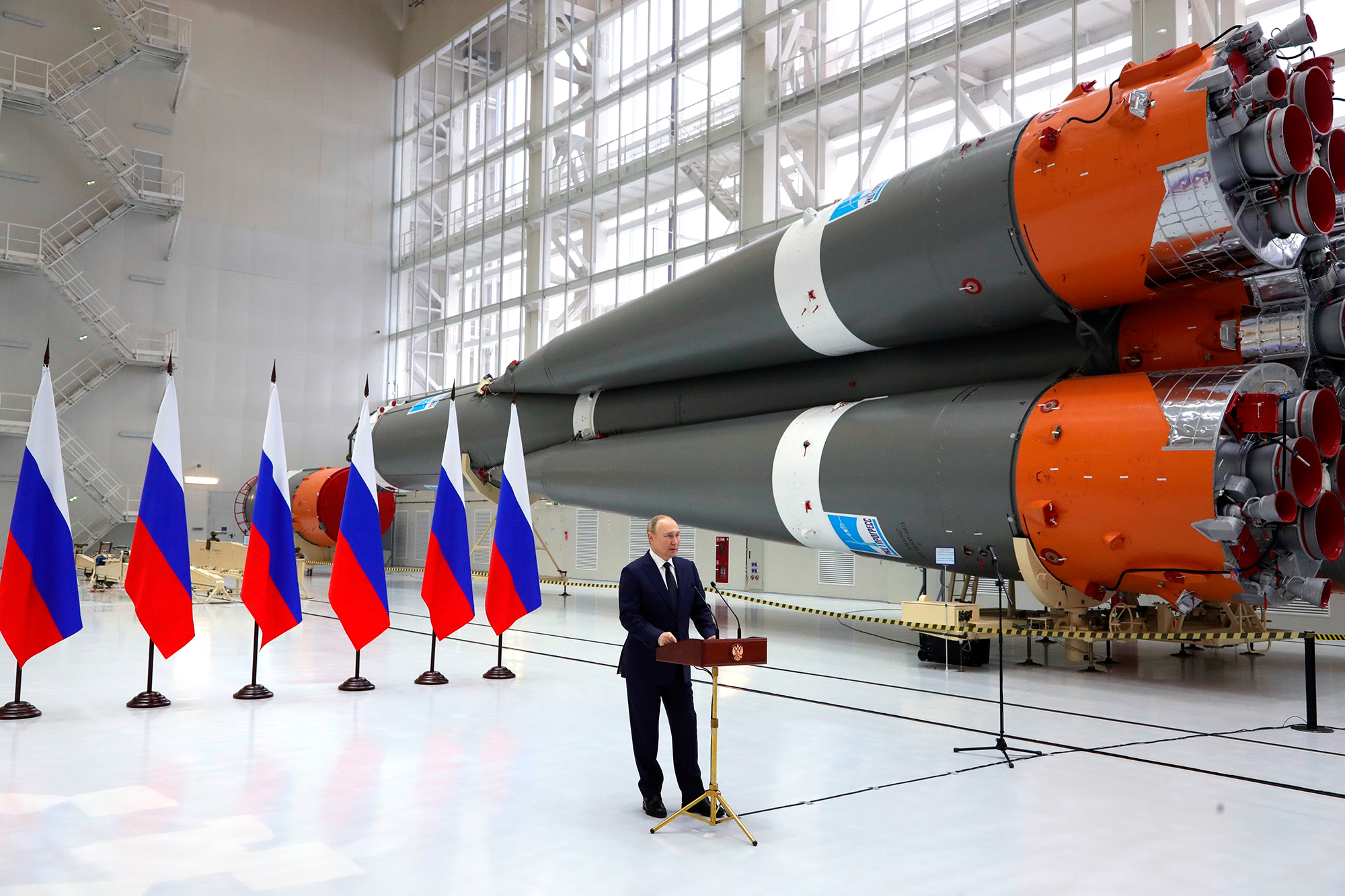Amid high-stakes U.S.-Iran resume nuclear talks, here is what to know about the original 2015 agreement, the fallout after U.S. withdrawal, and what is at risk today.
Could the U.S. stop the emergence of a nuclear-armed Iran? We’ve already tried it once. The previous Iran nuclear deal – formally called the Joint Comprehensive Plan of Action (JCPOA) – was signed in 2015 by Iran and six world powers, including the United States. The deal’s central tradeoff was that Iran would limit its nuclear activity in exchange for sanctions relief.
Under the agreement, Iran agreed to cap uranium enrichment at 3.67% purity, far below the 90% purity level required to make a nuclear bomb. It agreed to dismantle two-thirds of its centrifuges, ship out 97% of its enriched uranium, and open its facilities to international inspections. In exchange, the U.S. and its allies lifted a wide array of sanctions targeting Iranian trade and its oil and banking sectors.
Why the U.S. Left the Iran Nuclear Deal
The deal began to unravel in 2018 when President Donald Trump withdrew the United States. He argued the agreement failed to address Iran’s ballistic missile program, its support for regional militias, and the sunset clauses that would eventually lift restrictions on enrichment. It is worth noting that the International Atomic Energy Agency (IAEA), the primary credible outside body responsible for monitoring Iran’s nuclear activities, had consistently assessed that Iran was adhering to the terms of the agreement at the time of U.S. withdrawal.
Trump reimposed sweeping sanctions, targeting Iran’s energy exports and financial sector. The administration hoped “maximum pressure” would force Iran back to the negotiating to agree to tougher terms. Instead, Iran resumed high-level uranium enrichment, limited access for inspectors, and expanded its nuclear capabilities. By 2020, the deal was functionally dead.
How the Deal’s Collapse Hit Iran’s Economy
The economic impact for Iran was immediate and severe. U.S. sanctions slashed Iran’s oil exports from 2.8 million barrels per day in May 2018 to just 150,000 barrels per day by mid-2020. Though exports have partially recovered to around 1.6 million barrels per day in early 2025 – thanks to weaker enforcement and sales to China – they remain well below pre-sanction levels.
Iran’s currency collapsed. The rial lost over 60% of its value in the past year alone, falling to nearly 850,000 rials per dollar on the free market. Inflation has averaged over 30% annually since 2018, driving up the cost of food and fuel. Over a third of Iranians now live in poverty.
What Americans Thought of the Deal
Public opinion in the U.S. has always been mixed, and deeply partisan. When the JCPOA was first announced in 2015, only 21% of Americans approved of it. Nearly half disapproved. Among Democrats, approval was higher at 42%, while just 6% of Republicans supported it. Among those who were well-informed, the gap widened: 76% of knowledgeable Democrats supported the deal, while 90% of informed Republicans opposed it.
By 2018, views had not shifted much. Forty percent disapproved, 32% approved, and nearly 30% had no opinion at all. Awareness of the deal remained limited, and confidence that Iran would comply was low. Forty-two percent of Americans said they had “no confidence at all” that Iran would stick to the terms.
Why the Iran Nuclear Deal Still Matters in 2025
Last week, the U.S. and Iran held indirect talks in Oman that included President Trump’s Middle East envoy, Steve Wilkoff, marking the most serious diplomatic contact since Trump’s first term. They are scheduled to resume next week in Rome.
Trump has given Iran a two-month deadline to accept a new agreement or face consequences, including possible military action against Iran’s nuclear facilities. Iran insists it will not completely dismantle its nuclear program but has signaled openness to limits and inspections if sanctions are eased.
What Comes Next
Both sides say they want a deal, neither side trusts the other, and time is running out. It remains to be seen if a tenth nuclear power will emerge in Tehran.
Related
Sam Zickar
Sam Zickar is Senior Writer at No Labels. He earned a degree in Modern History and International Relations from the University of St Andrews and previously worked in various writing and communications roles in Congress. He lives in the Washington, D.C. area and enjoys exercise and spending time in nature.




